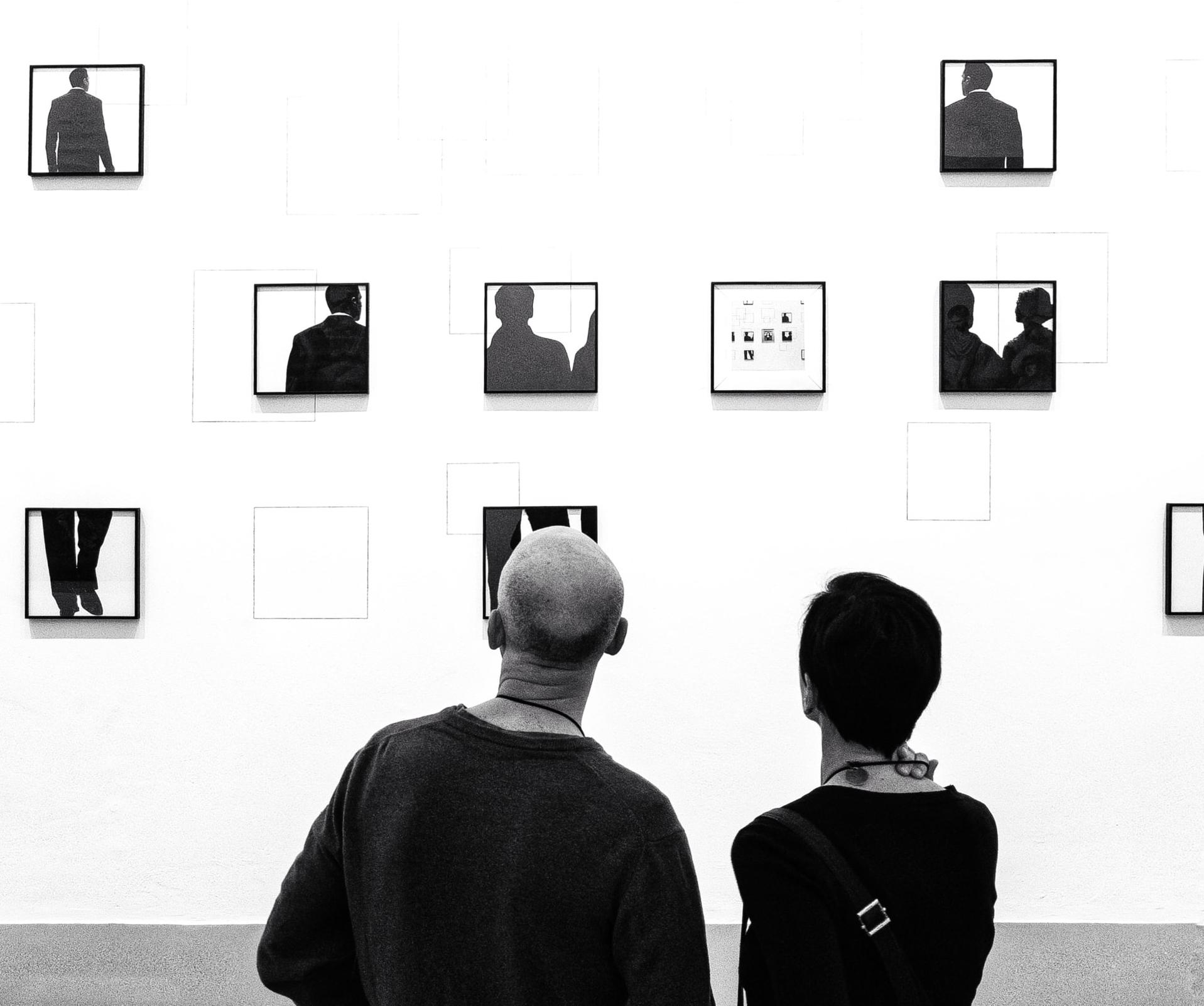
Art NFTs are not like mathematics. Anytime you're dealing with art, there’s a limit to quantifiables. Sure, you have metrics like size, symmetry, and color, but generally speaking, aesthetics evade statistical analysis because subjectivity gets the final word.
In a previous post, we discussed aesthetics and what makes a pfp NFT valuable – and why, for example, CryptoPunks’ minimalist resolution makes for perfect profile pictures. It’s simpler with pfps because they have physical constraints on their design (they have to be jpegs visible and distinguishable from within a profile picture circle.) But what about fine art, 1:1 pieces, and deeply abstract NFTs — what are your metrics, then?
When looking to flip high-art NFTs, judging aesthetics is rarely as simple as finding what you like — there is a whole swirling reality of individuals out there, all with unique tastes and amorphous free-will. You can have perfect conviction about a collection’s community and roadmap, and yet, sometimes the art just doesn't click with a wider audience.
Wouldn’t you love a more objective approach for evaluating the aesthetics of NFTs?
Well, Herbert Franke might have an answer.
With over 50 years of computer art experience, Herbert Franke is an authoritative voice in the digital art world.
In fact, Herbert is so much a computer artist that he refers to his wife as his ‘external hard drive’. This guy was making computer art long before there was Dmitri Cherniak or Snowfro or Beeple — he was making computer art back in the 1950s with analog computers and cathode ray oscillographs. He’s also one of the oldest people to have NFTs listed on OpenSea, a notable Science Fiction writer, a philosopher, a theoretician/professor, and a cave researcher. Today though, we’d like to focus on an underappreciated aspect of Franke’s career, namely, his work on a Rational Theory of Art, a theory which might help explain why certain NFTs work aesthetically and others just don’t.
Franke’s Rational Theory of Art
For Franke, part of the aesthetic answer lies within our brains and the way they process information.
Similar to a computer, our brains are constantly curating information via filtering and processing.
Moreover, Franke believes that all great aesthetics share a certain balance of information that matches our brain’s particular processing power.
In Franke’s own words, “occasionally a person comes up against an information source that offers a flow of information, in which the complexity is in perfect agreement with the abilities of the processing system,” and that “such patterns or stimuli are seen to be pleasing.”
You see, he’s convinced that art is the experience of a perfect flow of information, but also that art is not merely accidental. For Franke, art can be rationalized — your Art Blocks and Ringers are beautiful because they incorporate a scientifically-based amount of information.
In an attempt to provide actionable metrics, Franke posits: the key to aesthetically pleasing artworks is that they contain roughly 16 bits per second worth of information — which also happens to be the conscious brain’s natural processing speed (at least according to psychological research in the 1960s.)
According to his theory, an information flow of 16 bits/second matches the conscious brain’s processing power and thus leads to interest, whereas significantly more information leads to irritation and significantly less leads to boredom. This is intuitive, to a degree — art (or really any content for that matter,) that is too detailed risks annoying us, and art that is not detailed enough risks boring us.
What’s key here is not just the total amount of information, but rather the speed at which the observer naturally absorbs the information. Is the information diffused, spread out like a Pudgy Penguin, or packed densely like a Fidenza?
In the case of pfp NFTs, you probably want something of low-moderate information but spread out so that even when it’s viewed from a miniature profile picture circle, the major contextual details don’t end up blurred.
On the other hand, with high art NFTs you’ll want aesthetics leaning toward higher information but still obeying a level of moderation in terms of how that information is distributed (perhaps because even with high art NFTs, the artist or creator has to account for the medium of display, i.e., most NFTs are viewed for the first time on small screens, whether that be an iPhone or a laptop — the viewer isn’t spending lots of time scanning over an NFT as they would with a wall-length painting at a physical gallery.)
Go through the top-performing NFT collections and see if this holds true: are the best performing always the most detailed or the most simplistic, or are they somewhere in the middle?
Don’t worry too much about the specific quantity of 16 bits/second. Franke himself even admits that “the measurement of the amount of information in an artwork is not easy, although possible in principle”. . . aka, why this is a theory and not a law.
Franke’s Rational Theory of Art is not a golden ticket for creating, collecting, or speculating on art. What it may be helpful for is validating or repudiating intuitions about an artwork’s aesthetics.
And at the very least, Franke’s theory should give you an interesting rebuttal the next time your friends question why you spent 10 Eth on [insert questionable NFT art collection]. Simply say to them: 16 bits per second, friend, 16 bits per second.
Disclaimer: This is not financial advice. This article is strictly educational and is not investment advice or a solicitation to buy or sell any assets or to make any financial decisions. Do your own research. See Flip’s Terms of Service for more details.
